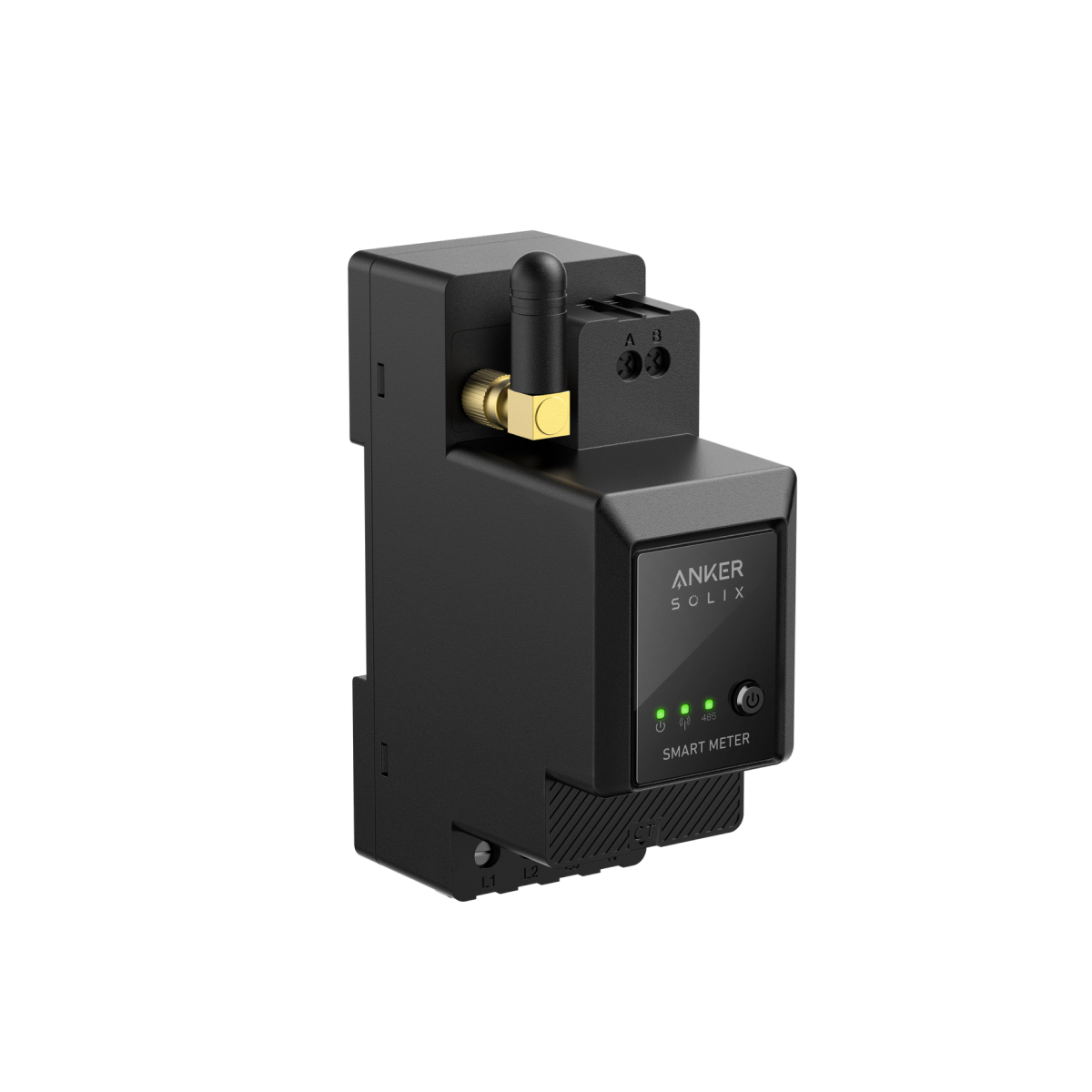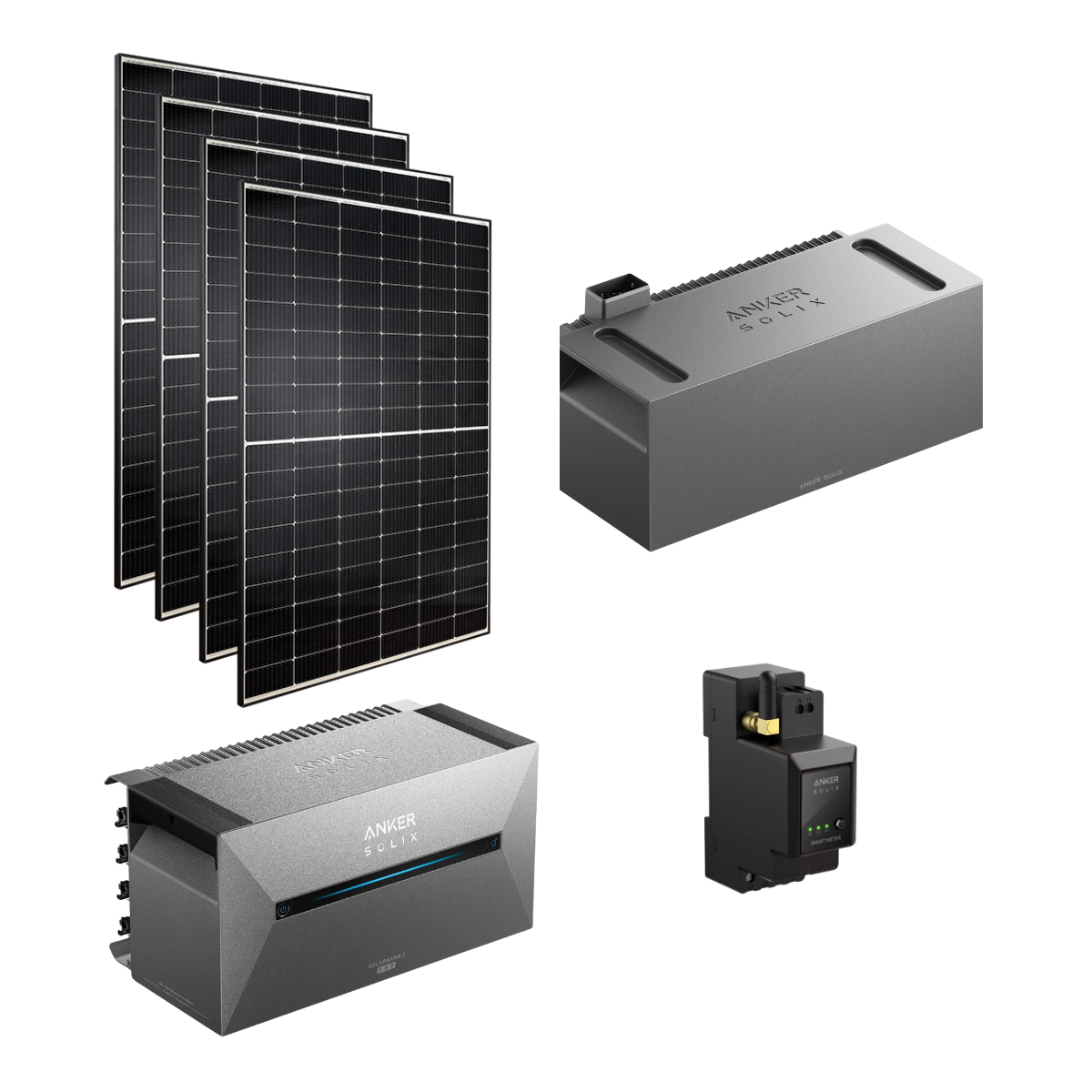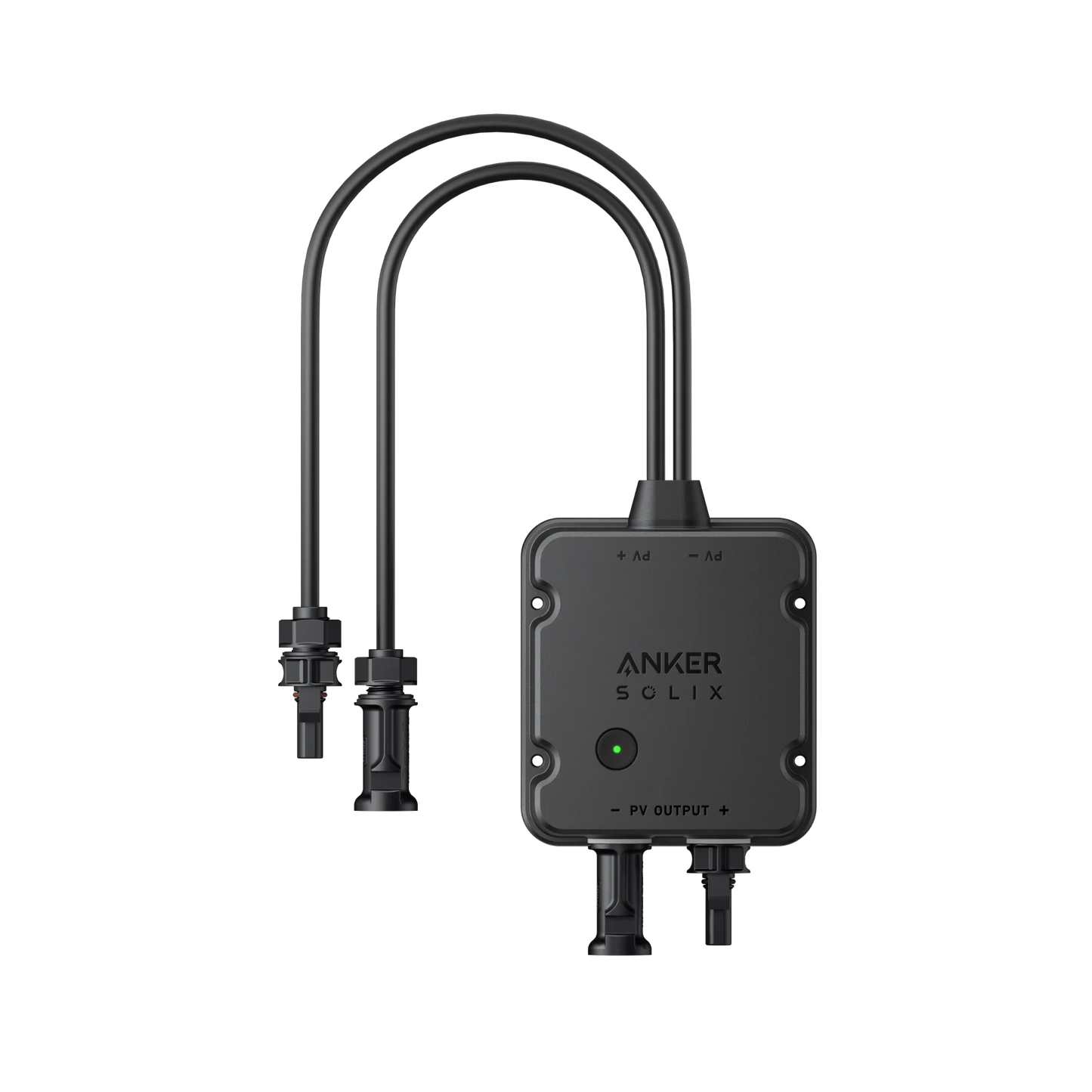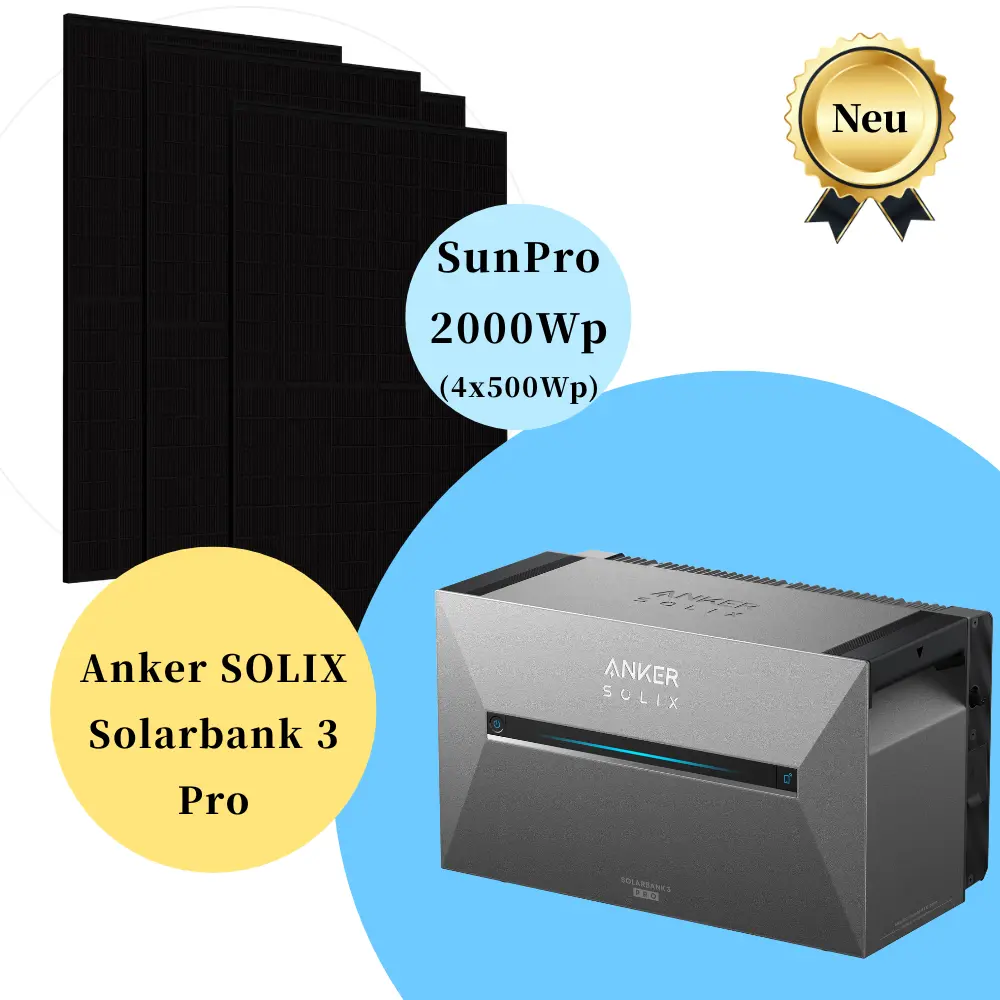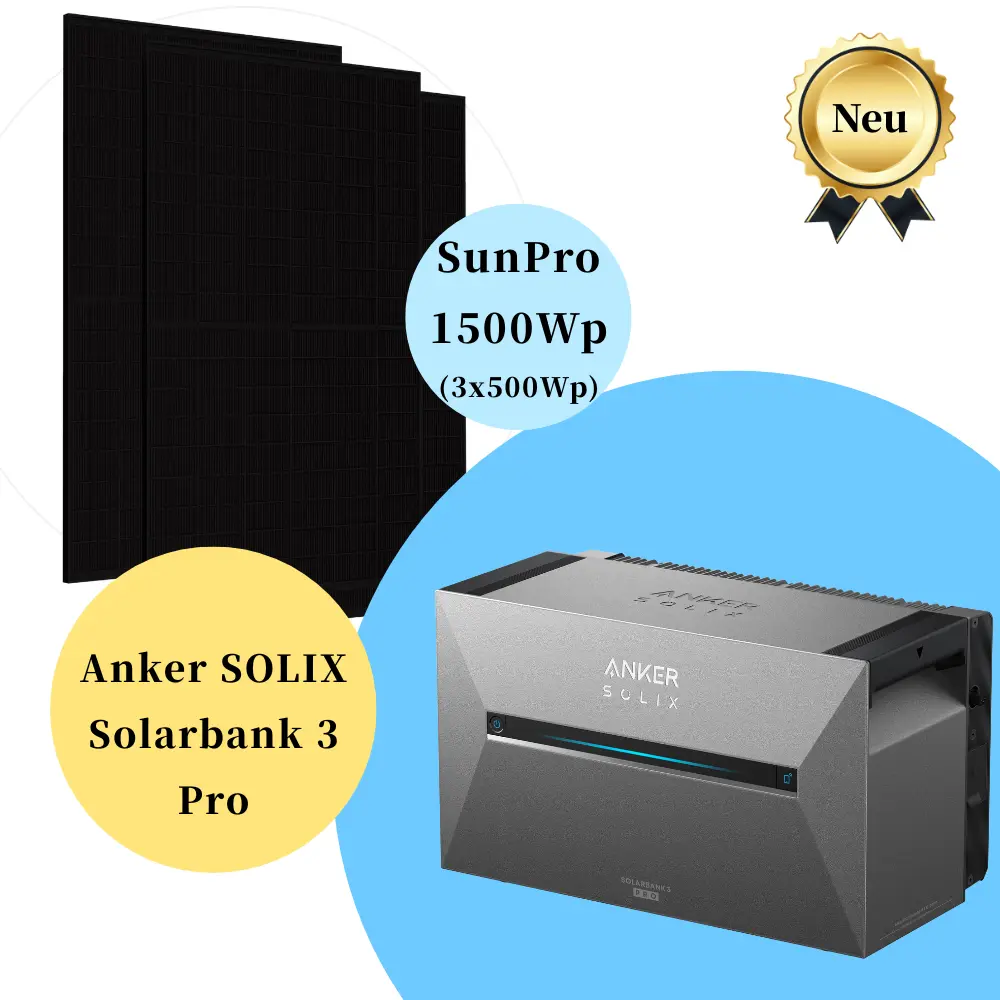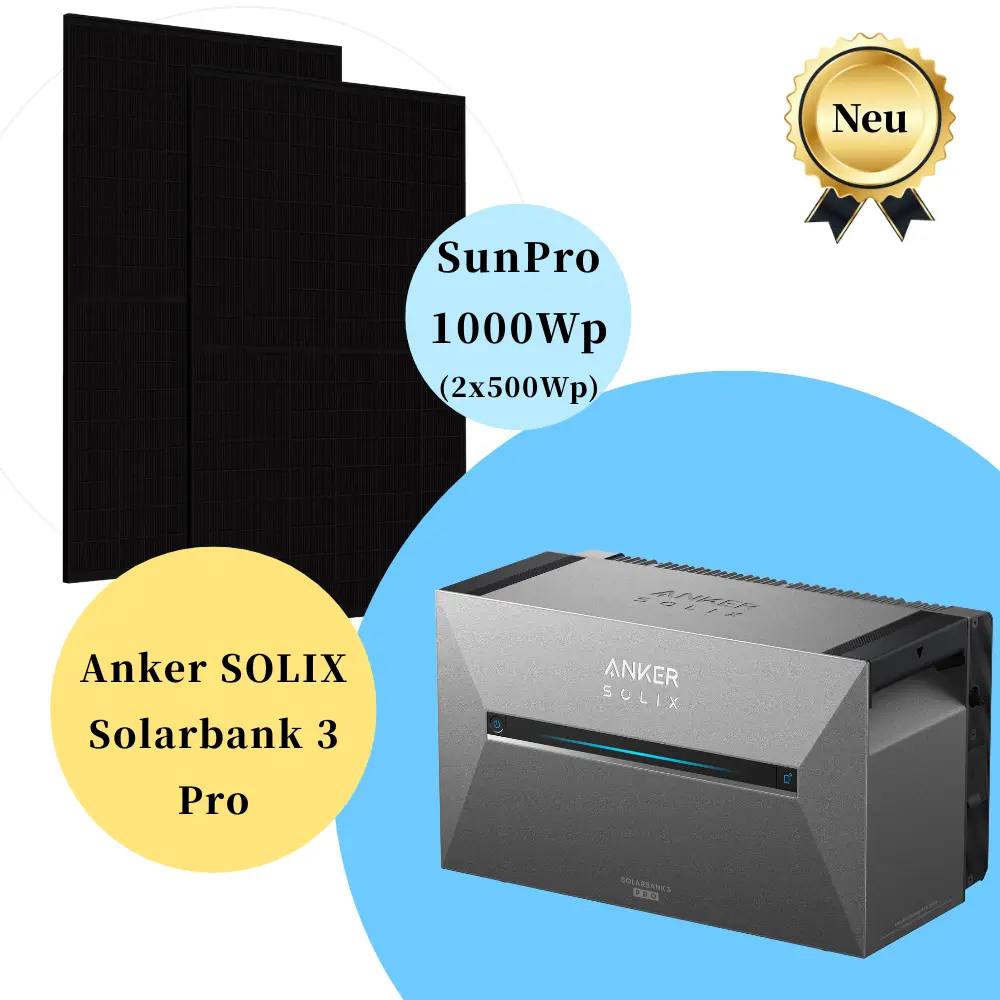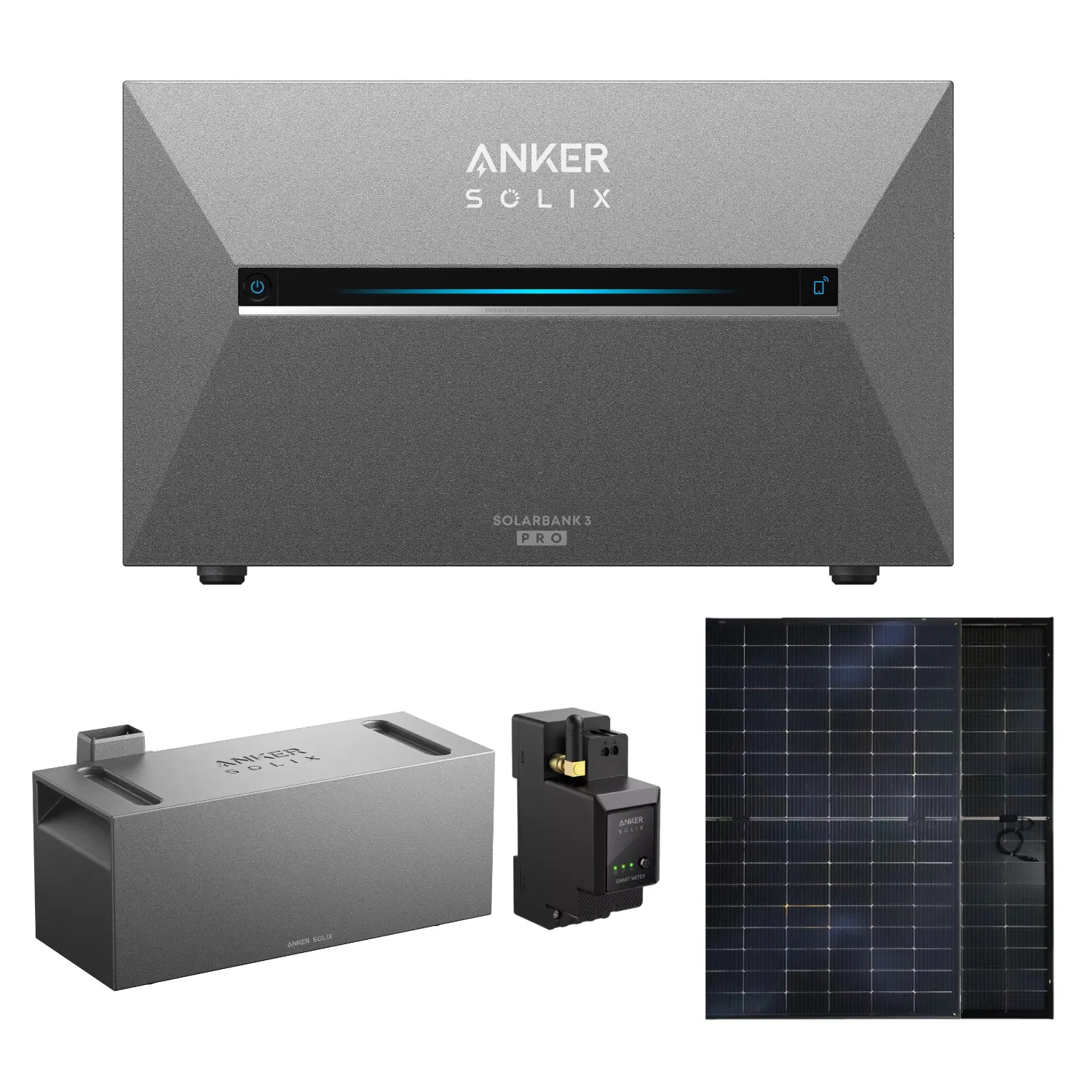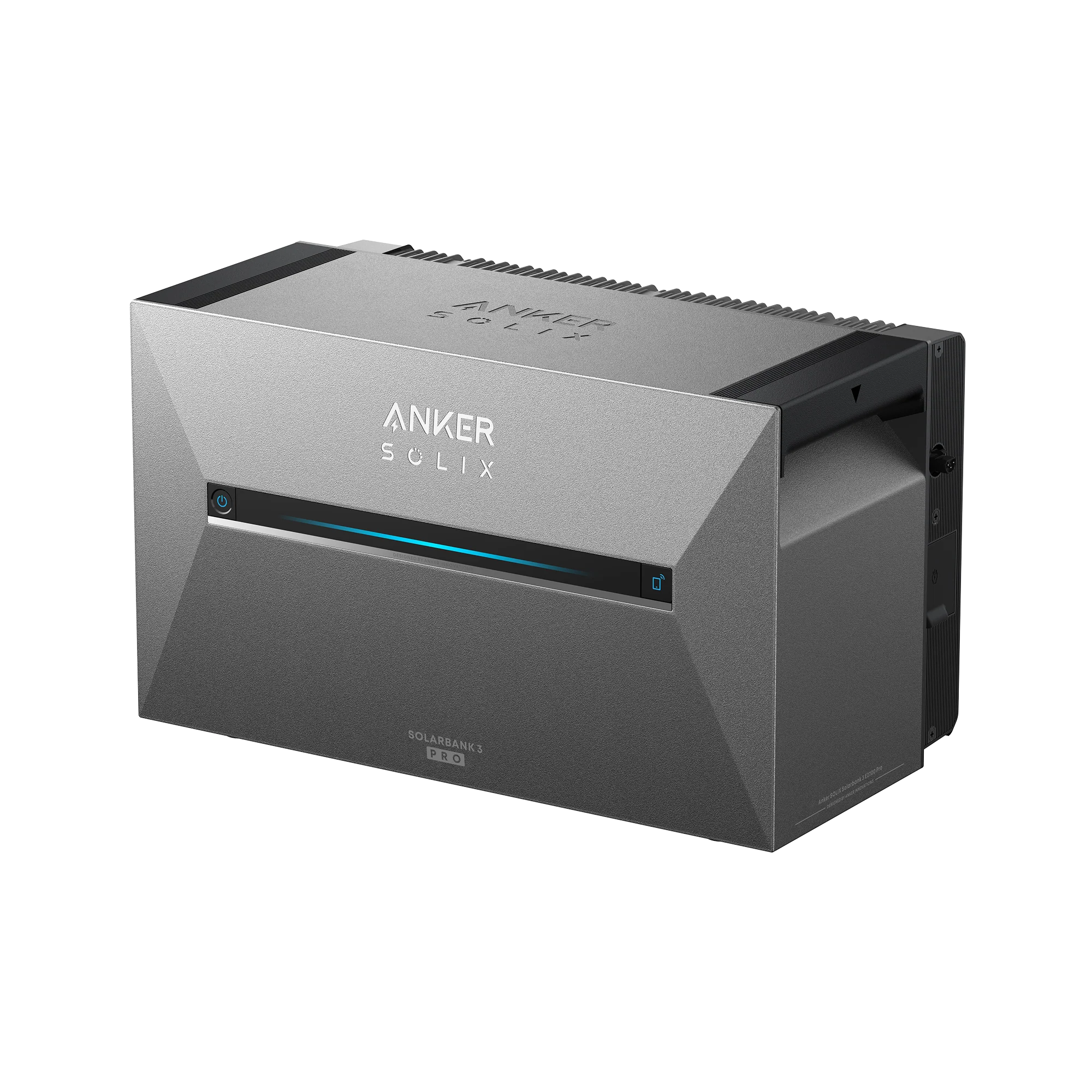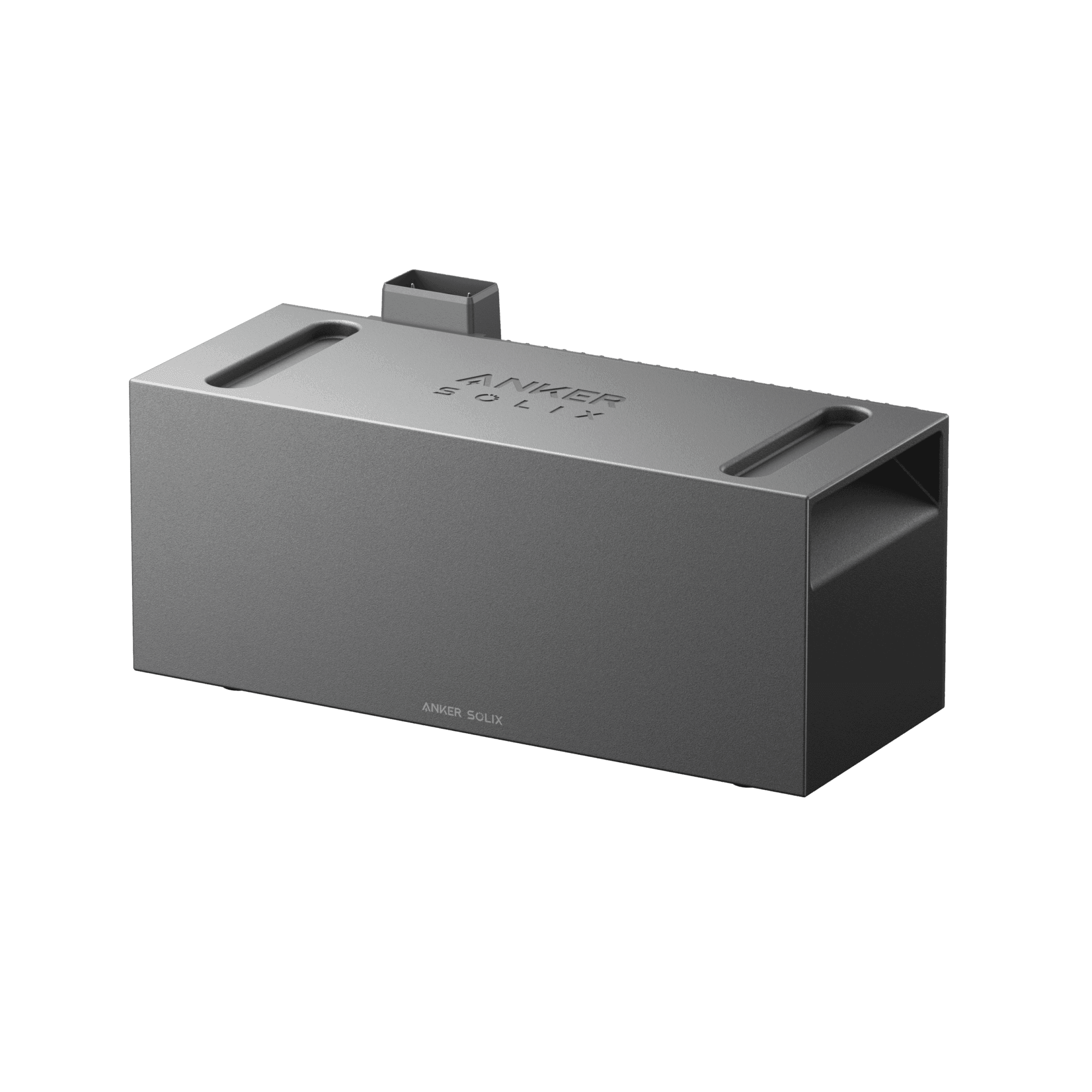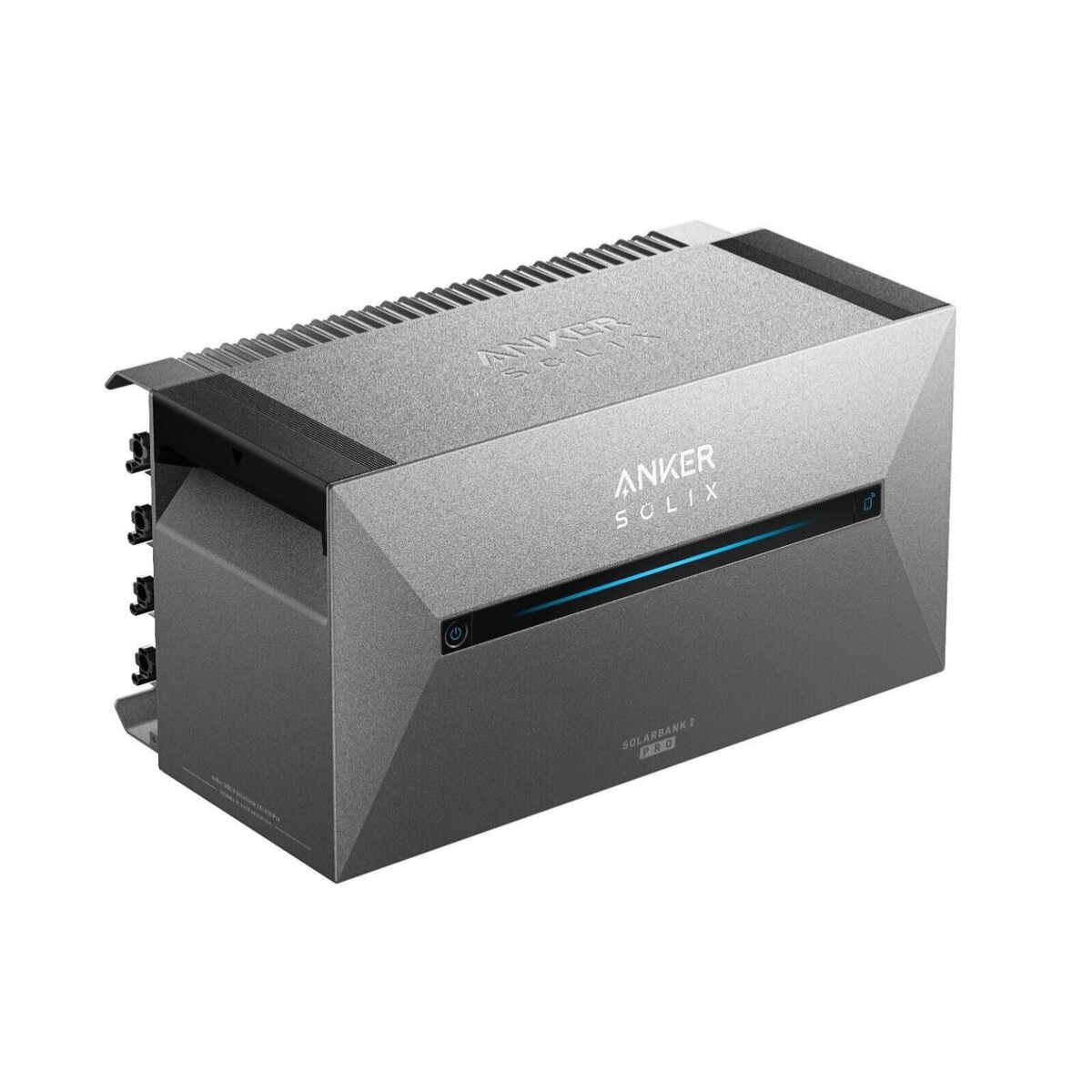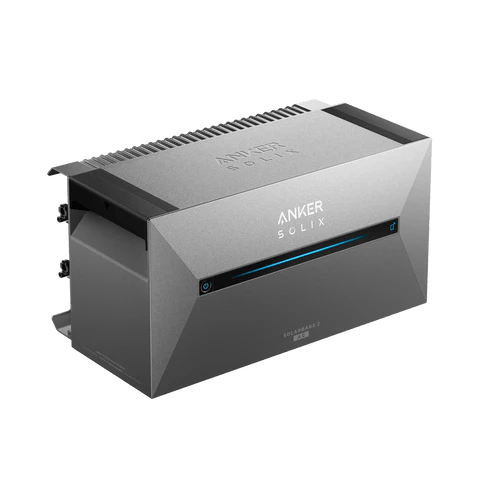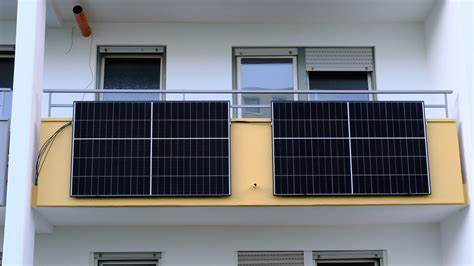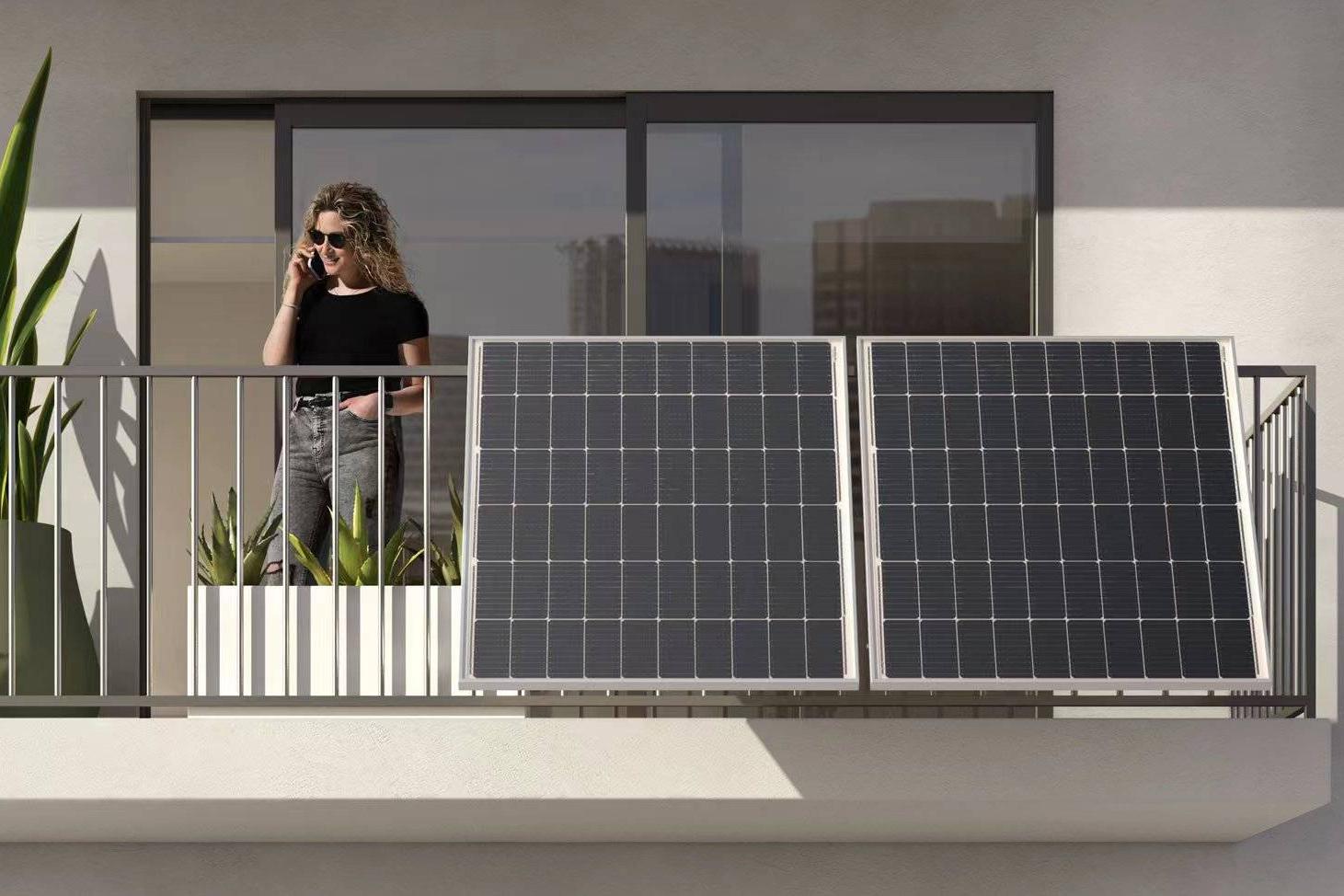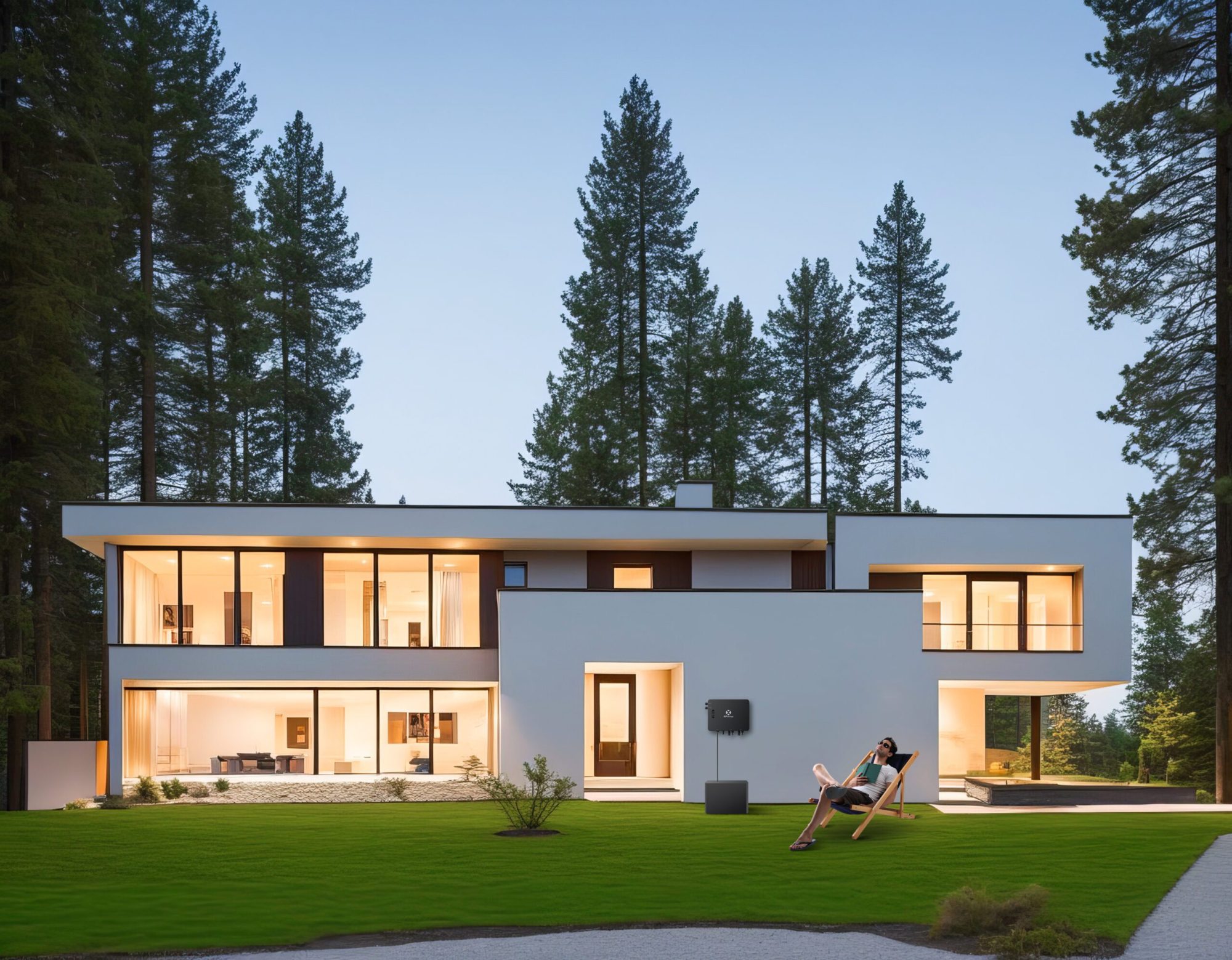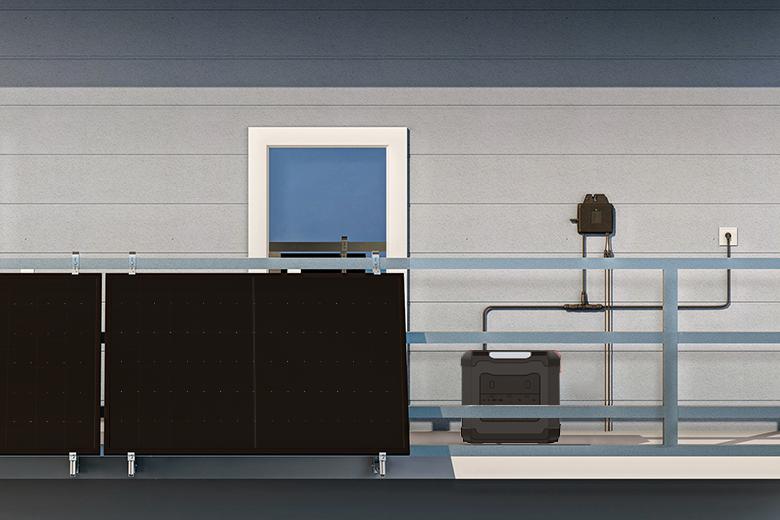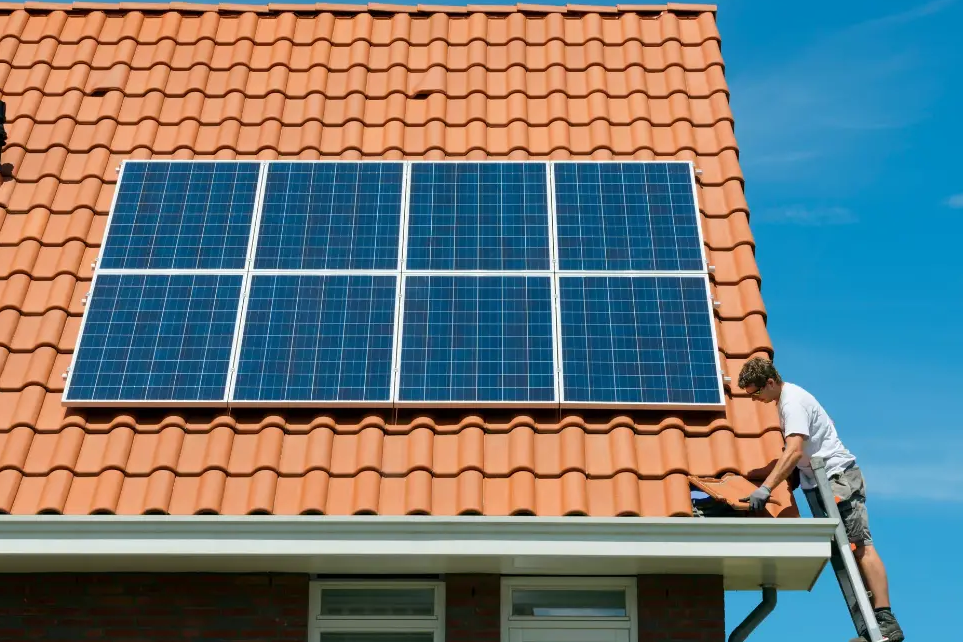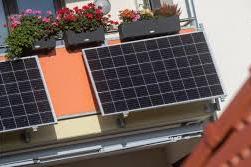Now up to 800 watts of power allowed:
Buy a balcony power plant in 2025?
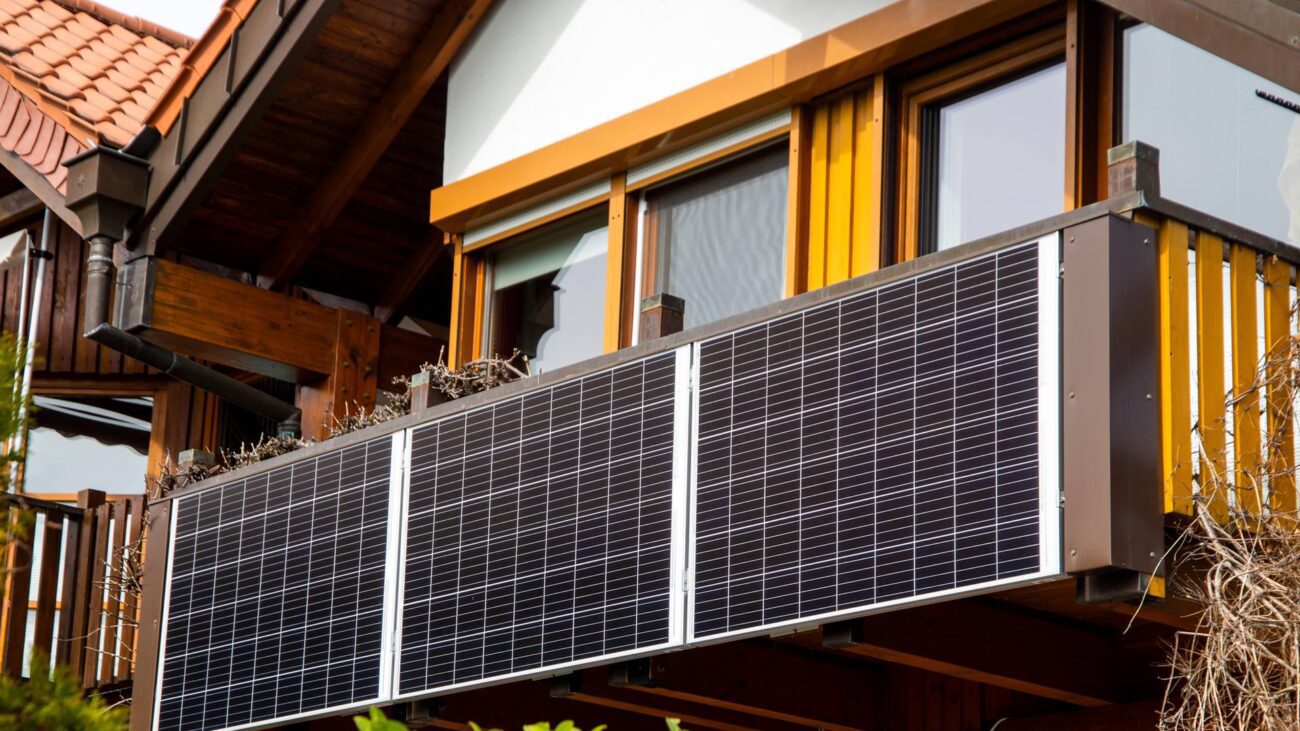
Mini solar systems are becoming increasingly popular. Since May 2024, better conditions have been available. What balcony power plants currently do, how much they cost, and what to look out for.
Current information on prices and services of balcony power plants
Solar Package I in force: Law brings more watts and less bureaucracy
Important VDE connection standard to close a legal grey area in 2025
With a plug-in mini solar system, everyone can participate in the energy transition – with little effort and in a very small space. The number of so-called balcony power plants is growing rapidly. More than 780,000 are now in operation in Germany. More and more people want to generate their own electricity in order to become less dependent on energy market prices and reduce electricity costs.
Table of contents
How does a balcony power plant work?
Install solar panels, plug in the power socket, and save money: That's the product promise of balcony power plants. Due to their easy handling and compact dimensions, also laypeople without their own home Install the mini solar systems at home. This is possible on a balcony railing, on the facade, on the terrace, or on the roof.
Balcony power plants usually consist of one or two solar modules and an inverter. The inverter converts the solar power generated into standard household electricity – from direct current to alternating current. The converted electricity can then be fed directly into a power outlet. The electricity meter at home will then run slower because less energy is drawn from the grid.
What is meant by plug-in solar device?
Plug-in solar device means the same as balcony power plant. This is the term used by experts and the Federal Network Agency for small solar systems. Technically speaking, this is not a system, but a household appliance that generates electricity. The differences to larger photovoltaic systems are the simplified assembly and registration as well as lower performance.
According to the Consumer Protection Center, photovoltaic systems with solar module areas covering several square meters, mounted on or in a private home, have a peak output of 3 to 20 kilowatts. Installation and maintenance of the components must be handled by a specialist company. They usually also handle the necessary technical inquiries and registration with the local grid operator.
How much solar power can be generated?
A typical solar module has an output of approximately 350 to 470 watts. A standard mini solar system with two modules can therefore produce twice that amount of electricity. Since May 2024, this has been permitted. maximum 800 wattst into the public grid. A maximum installed PV power of 2000 watts is permitted for all modules.

For balcony power plants that can generate more than 800 watts in total, their inverters throttle the feed-in. The appliances connected in the household first use solar energy before relying on electricity from the utility again.
The previous limitation of feed-in power to 600 watts has been lifted by the Federal Government with the Solar Package I It largely came into force on May 16, 2024, and is intended to provide more electricity from balconies and simplify the commissioning of the devices.
The new power limit is therefore practically already in effect, although a technical product standard for balcony power plants is still lacking. The responsible association, VDE, plans to adapt its connection regulations to the legal changes soon, because the previous installation standard DIN VDE 0100-551-1 theoretically only allows up to 600 watts. The new VDE connection standard is not expected to come into force until mid-2025 at the earliest.
The actual amount of solar power produced by a balcony power plant depends on several factors: primarily the orientation, tilt angle, and local solar radiation. In southern Germany, the yield is higher than in the north. The Berlin University of Applied Sciences estimates that an 800-watt system on a south-facing balcony without shading will produce 550 to 790 kilowatt hours per year.
At a price of 35 cents per kilowatt hour for household electricity from the supplier, theoretically save up to 280 euros per yearIn practice, it's hardly feasible to consume all the solar power as it's generated. A mini solar system can, in any case, cover most of the standby power consumption of electrical appliances at home (refrigerator, router, etc.).
How much does a balcony power plant cost?
Due to increased competition in the market and lower production costs, mini solar systems are now available starting at a few hundred euros. For a complete 800-watt set with cables, inverter, two modules, and mounting bracket, you should expect to pay around Plan for 300 to 700 eurosA single household with low consumption often only needs a 400-watt system, which costs from 200 euros.
Thanks to increasing performance, expenses have often amortized after 2 to 5 yearsIt's advisable to offset potential savings on electricity consumption not only against the costs of the balcony power plant. If the installation of a digital electricity meter becomes necessary, the grid operator may also charge higher operating fees than with the old Ferraris meter: up to €20 per year.
Where can I get funding for balcony power plants?
The federal states of Berlin, Mecklenburg-Western Pomerania, and Saxony, as well as an increasing number of cities and municipalities, offer financial support for tenants who want to purchase and install mini solar systems. In some cases, the subsidies must be applied for before purchase, in others afterward. They range from 100 to 200 euros, depending on where you live and the wattage required. between 50 and 500 euros.
In addition, since 2023 no VAT on mini-solar systems. This saves private individuals an additional 19 percent on the purchase price. While a feed-in tariff for unused solar power that flows into the public grid is generally possible for balcony power plants, the same rules apply as for regular PV systems, and you must have a separate electricity meter installed for the feed-in.
Due to the bureaucratic effort involved, for example in registration, and the additional costs, this is usually not worthwhile.
How do you install a mini solar system?
Whether a balcony power plant is worthwhile depends primarily on its installation. The optimal angle to the horizon is 30 to 40 degrees and a south-facing orientation. However, even with a west- or east-facing orientation and a steeper tilt angle, such as 70 degrees, you can achieve very good yields. However, if the modules are shaded or their tilt is not ideal, this will reduce the power yield.
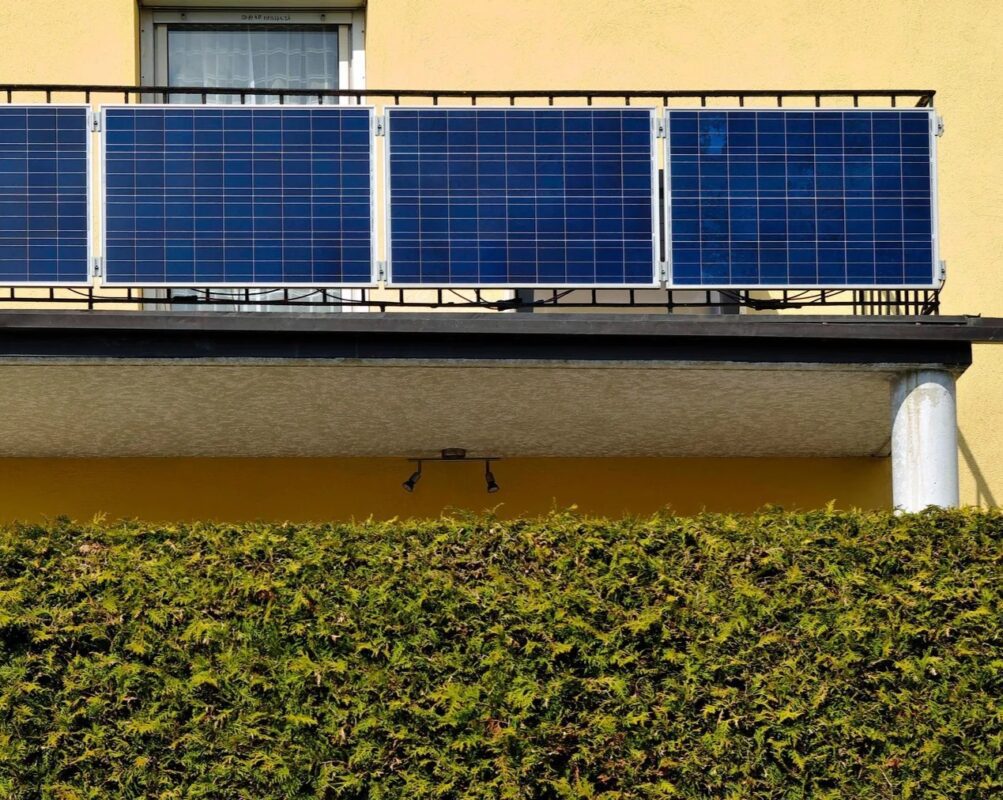
You can install the mini-PV system yourself. Building regulations, according to which Solar panels with glass cover not more than 4 meters high The rules that solar panels may only be mounted on the outside, but only lightweight plastic modules, no longer apply. Balcony power plants are not considered construction products under state building regulations. Nevertheless, the location should be suitable for installation and there should be no safety concerns. A glass solar module weighs 20 to 25 kilograms.
If it is on the balcony no outdoor socket to connect the mini solar system to the house network, some manufacturers can super-flat cables These can be routed under a window or balcony door. For the longevity of this emergency solution, it's important to choose a route that won't wear out the cable from frequent opening and closing. A more permanent, but more expensive, alternative: Have an electrician come, drill a hole in the wall, and install an outdoor outlet.
Anyone who wants to buy a mini solar system should be able to use as much of the generated electricity as possible when the sun is shining brightly, i.e., during the day. Modern household appliances make this possible with timers. Washing machines or dishwashers, for example, can be started automatically at midday. Complete sets with a balcony power plant and matching Battery storage is now available starting at around 500 euros. This allows you to use the self-generated solar power on your balcony at a later time.
Solar panels are almost maintenance-free once installed. Cleaning them at least once a year is recommended, as they are exposed to weather and environmental influences. Otherwise, the balcony power plant will not generate as much energy as it is capable of. Well-maintained modules produce a Lifespan of 20 to 30 years, manufacturers give a 10 to 15 year guarantee on inverters.
Which regulations must be observed?
Thanks to the new regulations from Solar Package I, balcony power plants can be used since May 2024 less bureaucratic Anyone who wants to install a mini solar system no longer has to register it with the grid operator, but only with the Federal Network Agency. registration in the Market master data register you only have to provide five details.
The older Ferraris counters permitted, which can run backward when solar power is fed into the public grid – until the meter operator replaces them with a digital bidirectional meter or smart meter. So you don't have to wait for the meter operator to get in touch. That could take several years.
Soon, balcony power plants will also officially be connected to conventional Schuko sockets instead of a Wieland socket, which must be installed by an electrician. By mid-2025, a Product standard for mini solar systems that regulate this. In addition, the consumer advice center advises to ensure that manufacturers DGS safety standard retain.
Owners' associations and landlords The installation of mini-PV systems in an apartment can be carried out since autumn 2024 no longer refuse without good reasonThe Bundestag and Bundesrat have passed corresponding changes to tenancy law and condominium law that facilitate the installation of balcony power plants.
With the Change in the law Plug-in solar systems are considered "privileged measures." As with structural changes for wall boxes and disabled-accessible conversions, tenants and owners must obtain their approval.
How do you insure a balcony power plant?
You do not need special photovoltaic insurance for this. Home contents insurancewhich many tenants already have, sufficient for security from balcony power plants. The German Insurance Association (GDV) expanded its standard terms and conditions for home contents insurance in 2023. Anyone taking out new home contents insurance can rely on the straightforward co-insurance of balcony power plants.
The GDV advises all those with existing policies to speak with their home contents insurer about the balcony power plant. The old policies can usually be converted to the new terms and conditions. With home contents insurance, the balcony power plant is covered just like the rest of your household contents: among other things. against storm, hail, fire and overvoltage damage caused by lightning strikes.
According to the GDV, the protection of mini solar systems can also include Liability insurance play a role. If, for example, a module comes loose and damages a neighbor's balcony, this would be a case for your private liability insurance. Therefore, you should also inform them. Short circuits or negligent operation are also covered.

